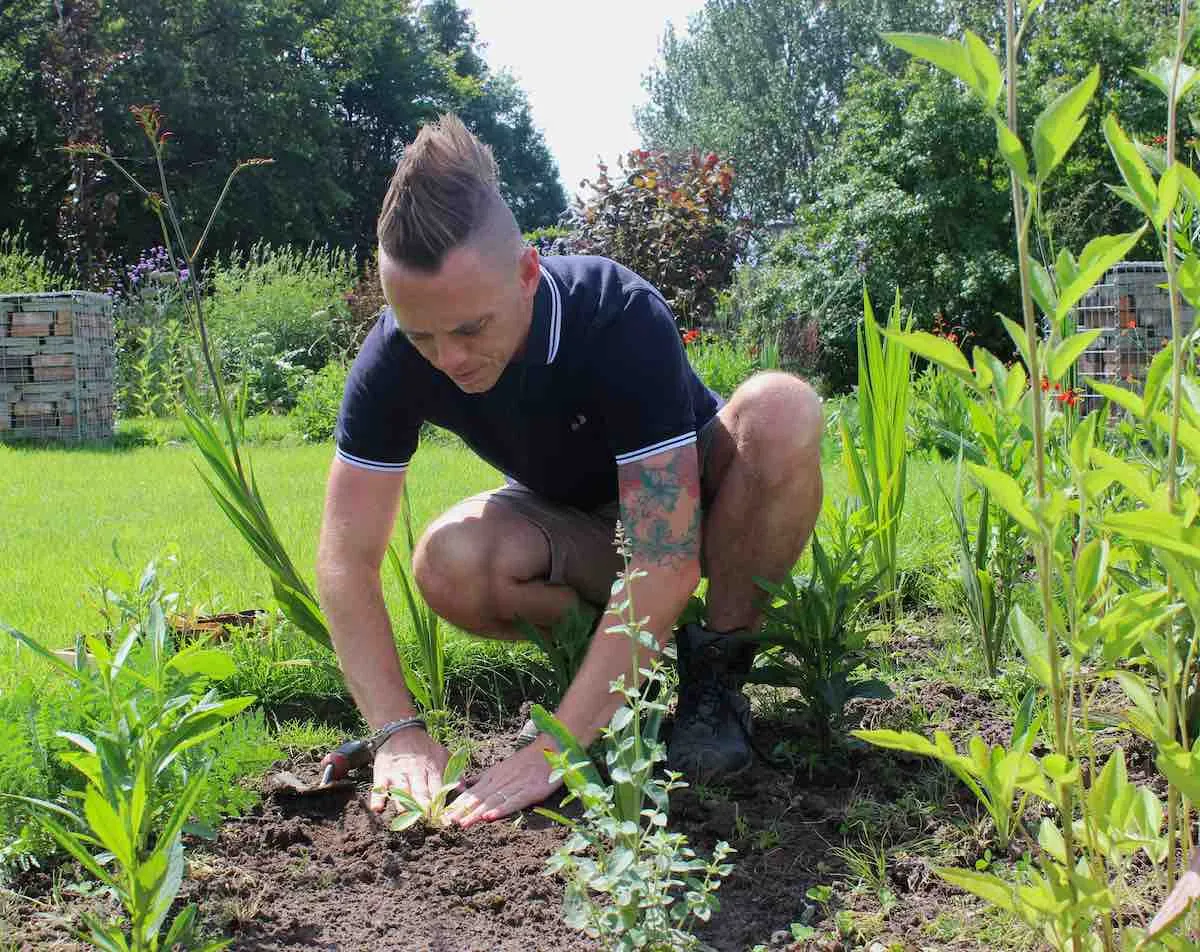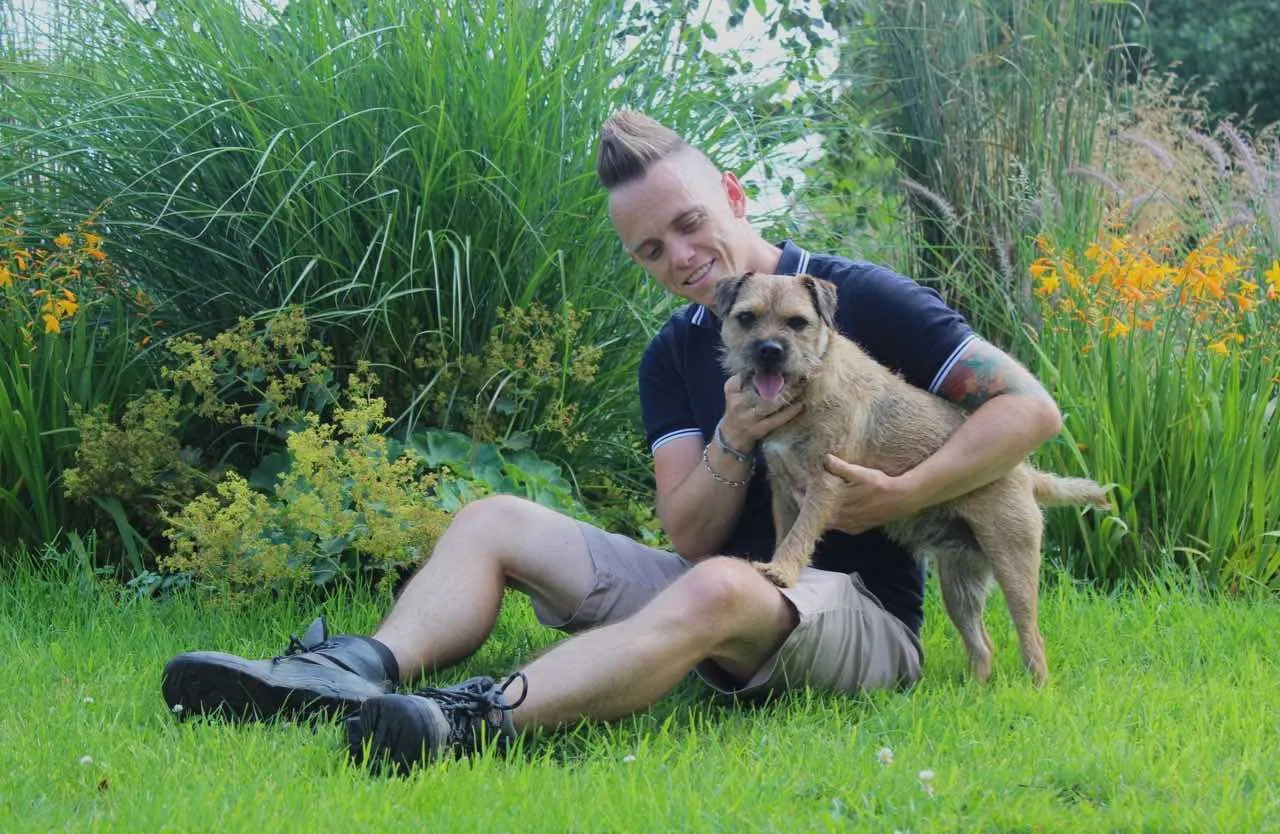Hi @agha
Thanks for asking your question about Fire blight, a seriously fast spreading disease. I can sadly confirm this is fire blight. All infected and damaged shrubs and trees need to be dug up, cut back, and burned to stop it from spreading to other plants or your neighbours, as it's a highly contagious disease with no known cure. See below for some more details on fire blight, what causes it and how to stop it in its tracks.
Understanding Fireblight: A Guide to Identification, Treatment, and Prevention
Fireblight is a serious and highly infectious bacterial disease that affects a wide range of plants in the Rosaceae family, including apples, pears, quince, hawthorn, and ornamental shrubs like cotoneaster and pyracantha. It spreads rapidly, particularly during warm, wet conditions, and can cause significant damage or even kill plants if left unmanaged. This guide will help you identify fireblight, understand how it spreads, and take action to control and prevent it in your garden.
What Is Fireblight?
Fireblight is caused by the bacterium Erwinia amylovora. It primarily attacks the blossom, shoots, branches, and sometimes even the trunk of susceptible trees and shrubs. The disease gets its name from the scorched appearance of infected plants, as if they’ve been damaged by fire.
Once established, fireblight spreads quickly through plant tissue, especially in spring and early summer when the weather is warm and humid. It enters the plant through flowers, natural openings, or wounds, and can move into the vascular system, causing dieback and in severe cases, plant death.
Plants Affected by Fireblight
Fireblight affects a wide range of hosts, most notably members of the Rosaceae family. Commonly affected plants include:
-
Apples (Malus species)
-
Pears (Pyrus species)
-
Quinces
-
Hawthorns (Crataegus)
-
Cotoneasters
-
Pyracanthas (firethorn)
-
Photinia
-
Amelanchier
Susceptibility varies depending on the species and cultivar. Some apple and pear varieties have been bred for increased resistance, but few are completely immune.
How to Identify Fireblight
Fireblight symptoms can be dramatic and are usually easy to spot once you know what to look for. Early detection is crucial to prevent it spreading. In your case, fire blight looks like all the leaves and stems have been scorched or burnt very suddenly, along with fruits or blossoms dying back after flowering. Fire blight usually happens late spring.
Blossom Wilt
Flowers become brown or black, shrivel up, and die. The infection often starts here in spring during flowering.
Shoot and Twig Dieback
Young shoots wilt, turn black or brown, and bend into a characteristic “shepherd’s crook” shape. Leaves often remain attached, adding to the scorched appearance. This is apparent in your images I'm afraid which is how I have identified it.
Cankers on Stems and Branches
Sunken, discoloured patches of bark may appear where the infection has moved deeper into the plant. In humid weather, a sticky, amber-coloured bacterial ooze may seep from these cankers.
Sudden Collapse
In severe cases, large branches or entire trees can die back rapidly, particularly if the infection spreads into the main stem or trunk.
How Fireblight Spreads
Fireblight is most active during warm, wet conditions in late spring and early summer. Especially after heatwaves and then wet spells, where plants put on a lot of growth, but then high humidity or wet weather appears directly after. The bacteria spread through:
-
Infected blossoms and tissues
-
Rain splash and wind
-
Pollinating insects, especially bees
-
Contaminated pruning tools
-
Handling infected plant material
Once established, fireblight can survive the winter in cankers on infected branches and become active again the following season.
How to Treat Fireblight
There is no chemical cure for fireblight available to home gardeners in the UK. Control relies entirely on good hygiene and prompt removal of infected material.
Pruning Infected Wood
Cut out infected branches at least 30 cm (12 inches) below visible symptoms into healthy wood. Make sure to sterilise your pruning tools between cuts using a solution of household disinfectant, bleach, or methylated spirits.
Remove Infected Plants
In cases of severe infection where large portions of the plant are affected, it may be best to remove the entire plant to protect neighbouring specimens.
Dispose of Material Safely
Burn or remove infected branches from your property. Do not compost them, as the bacteria can survive and potentially reinfect other plants.
How to Prevent Fireblight
Fireblight is a very fast acting plant disease which often takes gardeners by surprise. It's horrible, and my deepest sympathies go out to you. The best way to prevent fire blight is early identification and fast, clean pruning to get rid of it and stop it from spreading. There are a few other ways to tackle fire blight.
Choose Resistant Varieties
When planting apples, pears, or ornamental rosaceae species, select cultivars with proven resistance to fireblight. Research nursery recommendations or consult local horticultural societies for suitable options.
Prune Correctly and Carefully
Avoid unnecessary pruning during warm, humid weather. Always sterilise tools before and after use, and avoid wounding plants, especially during active growing seasons.
Monitor Regularly
Inspect susceptible plants frequently, particularly during flowering and after storms. Early detection allows for swift removal and limits further spread.
Avoid High-Nitrogen Fertilisers
Excess nitrogen encourages lush, soft growth that is more prone to infection. Use balanced or slow-release fertilisers instead to promote healthy, resilient growth. Homemade comfrey tea is a good idea, along with peat-free compost instead of plant feeds.
https://youtu.be/5BhGtCjT2TQ
All the best
Lee Garden Ninja
Hi @agha
Thanks for asking your question about Fire blight, a seriously fast spreading disease. I can sadly confirm this is fire blight. All infected and damaged shrubs and trees need to be dug up, cut back, and burned to stop it from spreading to other plants or your neighbours, as it's a highly contagious disease with no known cure. See below for some more details on fire blight, what causes it and how to stop it in its tracks.
Understanding Fireblight: A Guide to Identification, Treatment, and Prevention
Fireblight is a serious and highly infectious bacterial disease that affects a wide range of plants in the Rosaceae family, including apples, pears, quince, hawthorn, and ornamental shrubs like cotoneaster and pyracantha. It spreads rapidly, particularly during warm, wet conditions, and can cause significant damage or even kill plants if left unmanaged. This guide will help you identify fireblight, understand how it spreads, and take action to control and prevent it in your garden.
What Is Fireblight?
Fireblight is caused by the bacterium Erwinia amylovora. It primarily attacks the blossom, shoots, branches, and sometimes even the trunk of susceptible trees and shrubs. The disease gets its name from the scorched appearance of infected plants, as if they’ve been damaged by fire.
Once established, fireblight spreads quickly through plant tissue, especially in spring and early summer when the weather is warm and humid. It enters the plant through flowers, natural openings, or wounds, and can move into the vascular system, causing dieback and in severe cases, plant death.
Plants Affected by Fireblight
Fireblight affects a wide range of hosts, most notably members of the Rosaceae family. Commonly affected plants include:
-
Apples (Malus species)
-
Pears (Pyrus species)
-
Quinces
-
Hawthorns (Crataegus)
-
Cotoneasters
-
Pyracanthas (firethorn)
-
Photinia
-
Amelanchier
Susceptibility varies depending on the species and cultivar. Some apple and pear varieties have been bred for increased resistance, but few are completely immune.
How to Identify Fireblight
Fireblight symptoms can be dramatic and are usually easy to spot once you know what to look for. Early detection is crucial to prevent it spreading. In your case, fire blight looks like all the leaves and stems have been scorched or burnt very suddenly, along with fruits or blossoms dying back after flowering. Fire blight usually happens late spring.
Blossom Wilt
Flowers become brown or black, shrivel up, and die. The infection often starts here in spring during flowering.
Shoot and Twig Dieback
Young shoots wilt, turn black or brown, and bend into a characteristic “shepherd’s crook” shape. Leaves often remain attached, adding to the scorched appearance. This is apparent in your images I'm afraid which is how I have identified it.
Cankers on Stems and Branches
Sunken, discoloured patches of bark may appear where the infection has moved deeper into the plant. In humid weather, a sticky, amber-coloured bacterial ooze may seep from these cankers.
Sudden Collapse
In severe cases, large branches or entire trees can die back rapidly, particularly if the infection spreads into the main stem or trunk.
How Fireblight Spreads
Fireblight is most active during warm, wet conditions in late spring and early summer. Especially after heatwaves and then wet spells, where plants put on a lot of growth, but then high humidity or wet weather appears directly after. The bacteria spread through:
-
Infected blossoms and tissues
-
Rain splash and wind
-
Pollinating insects, especially bees
-
Contaminated pruning tools
-
Handling infected plant material
Once established, fireblight can survive the winter in cankers on infected branches and become active again the following season.
How to Treat Fireblight
There is no chemical cure for fireblight available to home gardeners in the UK. Control relies entirely on good hygiene and prompt removal of infected material.
Pruning Infected Wood
Cut out infected branches at least 30 cm (12 inches) below visible symptoms into healthy wood. Make sure to sterilise your pruning tools between cuts using a solution of household disinfectant, bleach, or methylated spirits.
Remove Infected Plants
In cases of severe infection where large portions of the plant are affected, it may be best to remove the entire plant to protect neighbouring specimens.
Dispose of Material Safely
Burn or remove infected branches from your property. Do not compost them, as the bacteria can survive and potentially reinfect other plants.
How to Prevent Fireblight
Fireblight is a very fast acting plant disease which often takes gardeners by surprise. It's horrible, and my deepest sympathies go out to you. The best way to prevent fire blight is early identification and fast, clean pruning to get rid of it and stop it from spreading. There are a few other ways to tackle fire blight.
Choose Resistant Varieties
When planting apples, pears, or ornamental rosaceae species, select cultivars with proven resistance to fireblight. Research nursery recommendations or consult local horticultural societies for suitable options.
Prune Correctly and Carefully
Avoid unnecessary pruning during warm, humid weather. Always sterilise tools before and after use, and avoid wounding plants, especially during active growing seasons.
Monitor Regularly
Inspect susceptible plants frequently, particularly during flowering and after storms. Early detection allows for swift removal and limits further spread.
Avoid High-Nitrogen Fertilisers
Excess nitrogen encourages lush, soft growth that is more prone to infection. Use balanced or slow-release fertilisers instead to promote healthy, resilient growth. Homemade comfrey tea is a good idea, along with peat-free compost instead of plant feeds.
All the best
Lee Garden Ninja
 Lee Burkhill: Award Winning Designer & BBC 1's Garden Rescue Presenters Official Blog
Lee Burkhill: Award Winning Designer & BBC 1's Garden Rescue Presenters Official Blog



